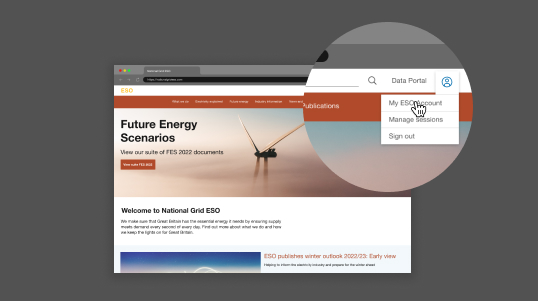Update: 04/06/2024
Read our latest letter to customers
The temporary two-step connection offer process that was in place from 1 March to 27 November 2023 in England and Wales has now concluded.
The ESO has worked in close partnership with National Grid Electricity Transmission to issue all second step offers to customers, delivering on the commitment to achieve this by the end of May 2024.
The two-step process was one of many initiatives introduced to help us manage the queue, improve connections dates through more realistic assessment and modelling, and create space to transition towards wider connections reform.
In April, we published our proposed model for enduring connections reform which would see significant action across the whole of the current queue, enabling earlier connection dates for viable projects which meet their milestones. Our proposals for the 'first ready, first connected' TMO4+ model have been granted urgency through the code modification process, with the aspiration that these will go live at the start of 2025 if approved by the regulator.

